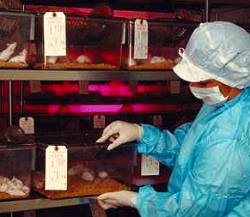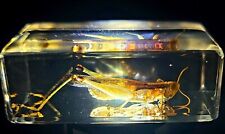
A study presented at the American Psychosomatic Society meeting suggests that female rats who are curious and more willing to step out and explore their environment tend to survive breast and pituitary tumors longer than their more cautious sisters.
Penn State researcher Dr. Sonia Cavigelli says that her study of 80 female rats from birth to death shows that the curious ones with tumors lived, on average, 25 percent longer lives, than the cautious ones. “Our new results with rats are consistent with those findings and support the notion that personality traits may have a significant impact on health and resilience to disease,” she noted. “Tumor progression is a lengthy process and, therefore, may be particularly prone to subtle effects of personality on disease resilience.”
Interestingly, the cautious females had lower stress hormone responses than the curious ones. This finding in female rats is the opposite of the results seen in an earlier study with male rats.The males’ stress hormones were lower in the curious rodents. “These results suggest that both elevated and dampened stress hormone production may be associated with disease resilience or accelerated aging,” she concluded.


















Comments are closed.